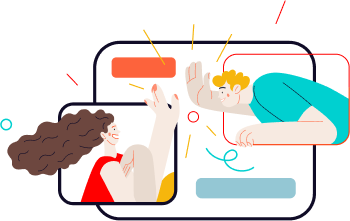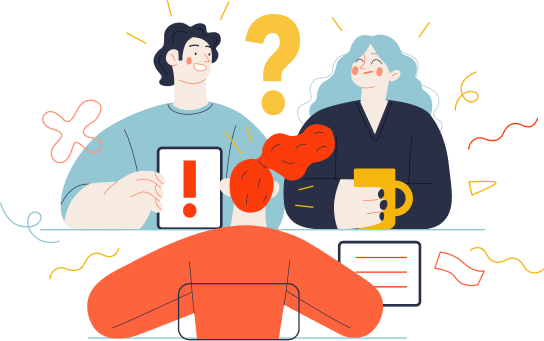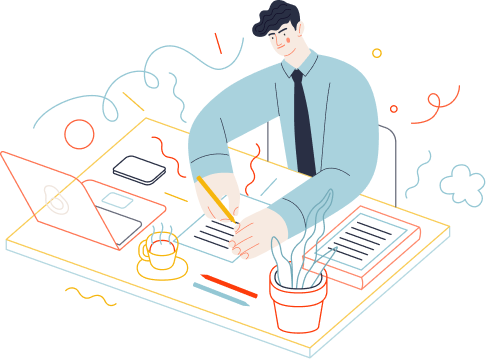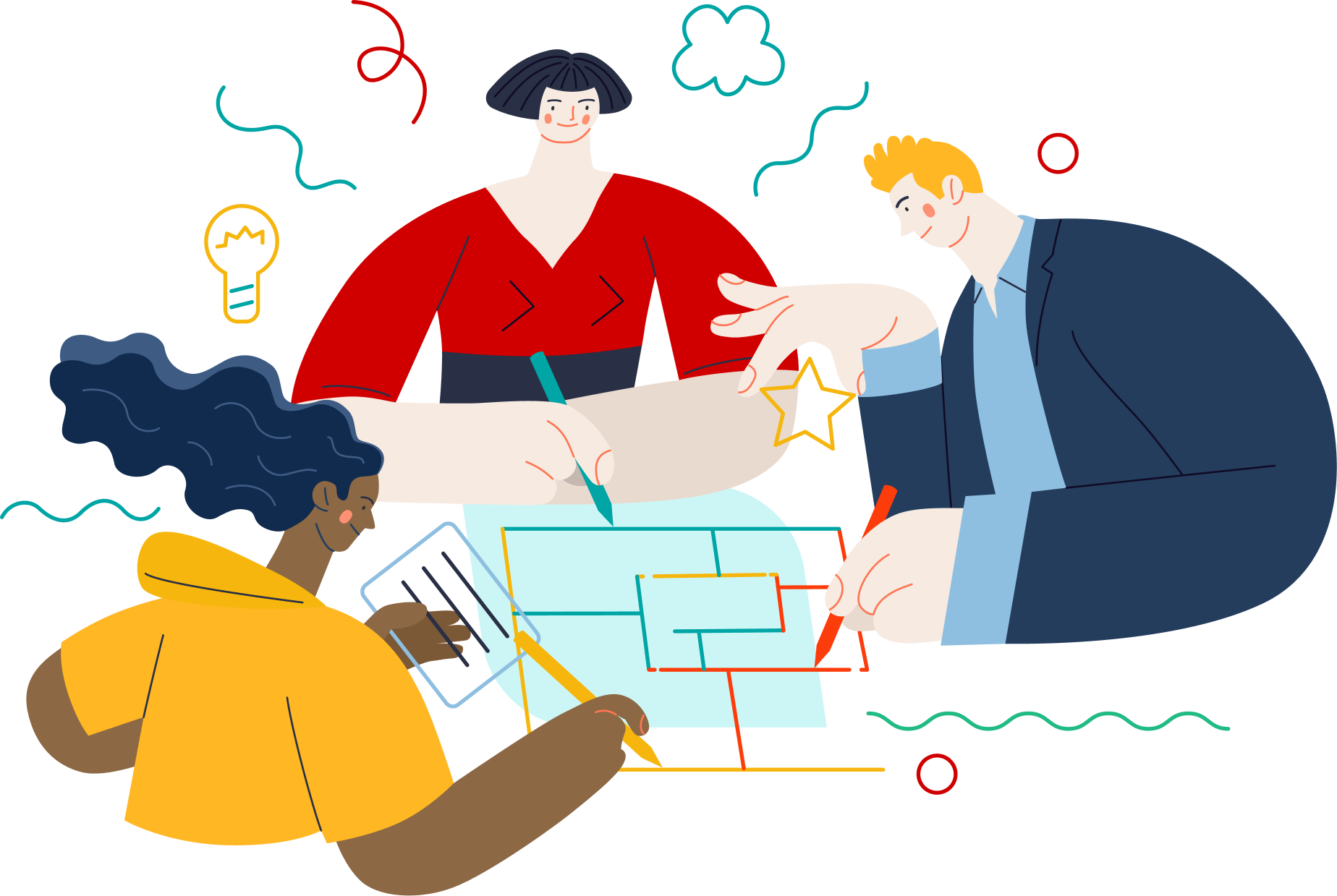A typical Monday:
all before lunch.
Nowadays, the role of the designer within digital companies is increasingly in demand, recognised and appreciated. But how can a designer integrate into such a fast-changing environment, even within a company with a long history, in an era of ever-shifting needs, without losing their way?
I can share a little about how it works at Aton, with a semi-serious handbook that I hope might be useful for anyone who, like me, wants to survive yet another “The build doesn’t build” without losing sight of their mission (love you, devs reading this ❤).

Every product a designer encounters in their working day has its own peculiarity. It can be studied and analysed by asking as many questions as possible, so that as the solution grows, they too can grow professionally.
They must observe, put into practice what they have learnt, seen and read from previous projects with a critical eye – never stopping asking themselves: “why is it like this?”.
Switching between projects allows you to grow alongside them, learning how the main products are built and seeking ideas and inspiration from what already works. The vision, though creative, must remain focused on the product’s goal, its growth and its target audience. The reassuring news is that we often don’t need to invent anything new – the patterns already exist; we just need to adapt them to another context or look at them from a different angle.
Side note: Don’t lose sight of your goal.

Put a salesperson, a technician and a creative in the same room, and you can be sure that one of them will walk out saying “it can’t be done”. So how can we aim for the stars? By simply speaking the same language.
The key to avoiding bruises from the clash with reality lies in patience, a pinch of adaptability, and clear rules of engagement.
Involving all stakeholders from the very beginning of the project is essential for better communication and understanding of every perspective and constraint – even before launching that much-dreamed-of mock-up.
Clear goals and deadlines for everyone, along with short, scheduled meetings, can make the prospect of collaboration easier and more appreciated.
Side note: You won’t get anywhere without openness to dialogue, feedback and questions.

Not in the sense of a technical knock-out, but of making it as complete and real as possible.
Every morning, a designer wakes up knowing they will have to design faster than the shifting urgencies between teams, and retrieve features that had been put on hold to give them new shine.
Creating detailed mock-ups, solid documentation and interactive prototypes makes everything more tangible and effective.
Investing the necessary time to clear up doubts and unforeseen issues that could arise later must be the priority – without giving in to the rush or the classic “let’s just release it as it is for now”. It answers most doubts and objections, helps visualise the final product and understand the expected outcome.
Side note: If you don’t draw it, you leave room for interpretations… and they’re not always the ones we like.

As much as I may be good at contradicting myself and changing my mind, the design system will remain one of the few certainties in life – something I must adapt to despite my creative soul (I can almost sense consultants and colleagues moved to tears as they read these lines).
It needs to be maintained, cared for and followed as closely as possible in order to create consistency and make the solution more coherent and user-friendly. Working in a team with the same set of components and rules makes the final result more efficient and effective – and keeps everyone happier.

Now that digital transformation is both the output and the input of projects, the dreams of designers need all the development teams – and a few coffee breaks – to come true.
How many times have we had an intuition just when we stepped away from the problem? Or while talking about something else, listening to the experiences of colleagues?
Collaboration is essential – as much as a good dose of organisation and coffee breaks shared with different teams.
Challenging yourself and staying curious, even stepping out of your comfort zone, leads to surprising results!